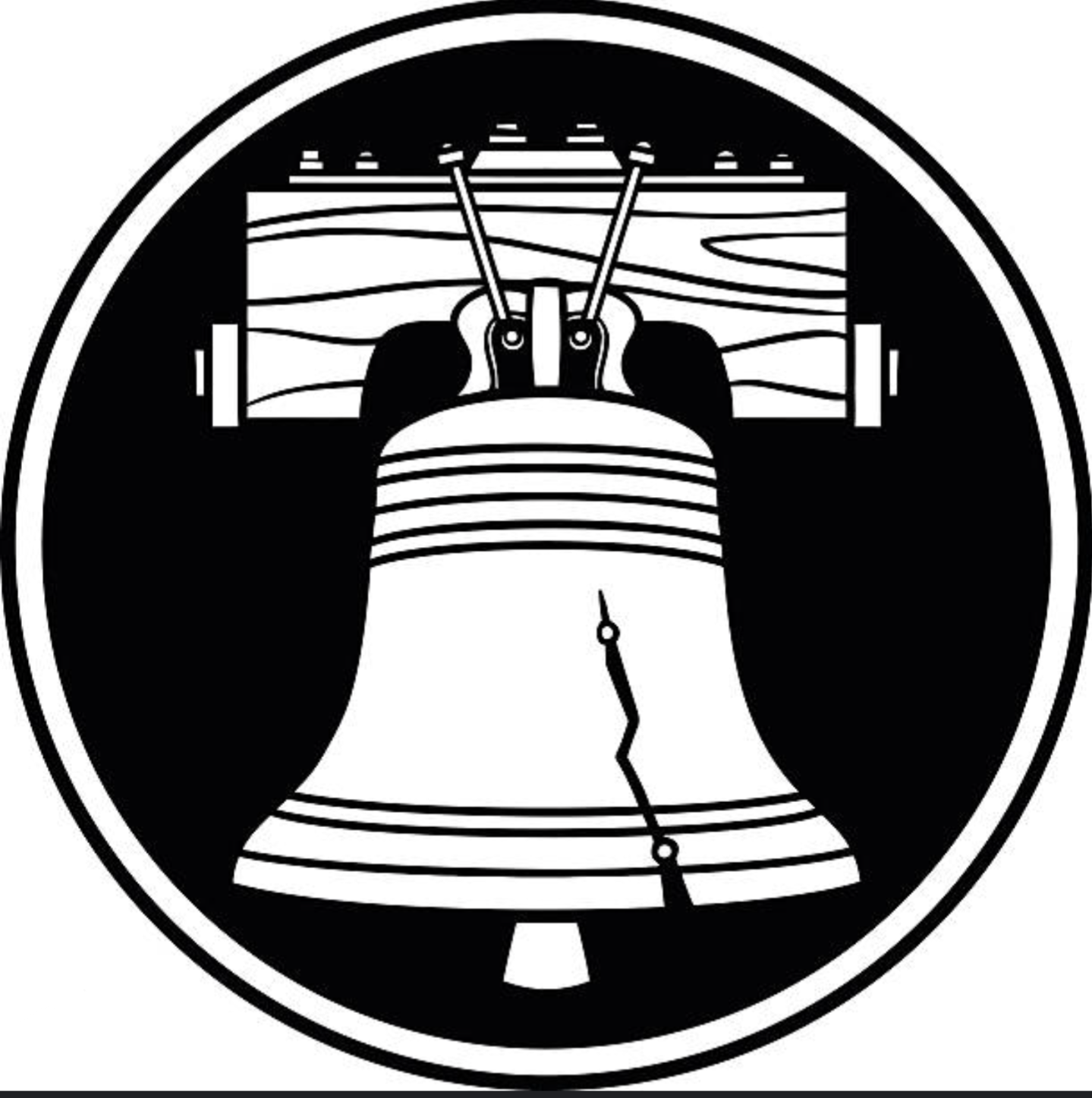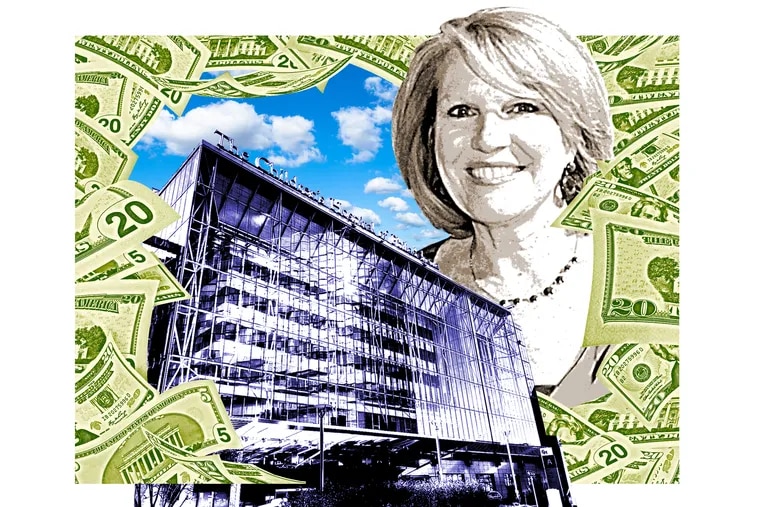Children’s Hospital of Philadelphia delivered a record $7.7 million pay package to CEO Madeline Bell in 2021, as the coronavirus pandemic wreaked havoc in the health care industry, with deaths mounting and labor shortages putting nurses and other hospital staff under duress.
Bell’s pay was not just the highest in the region for CEOs of 13 Philadelphia-area not-for-profit health systems that year. Both the bonus and total pay are likely the largest ever received by a local health system CEO, an Inquirer analysis of tax returns has found.
The bulk of Bell’s total compensation was a $5.6 million bonus.
Her total pay amounted to more than the nonprofit hospital spent on free and discounted services to financially needy patients, or charity care, over the three previous years combined.
Bell’s pay was 43% higher than the region’s next highest-paid hospital executive in 2021. Ranking second behind Bell was Stephen K. Klasko, former CEO of Thomas Jefferson University and Jefferson Health. His pay in 2021 was $5.4 million. (Klasko’s top annual pay at Jefferson came in 2019, when he made $7.4 million, not including amounts reported in previous years.)
The lowest paid of area CEOs was Tower Health’s P. Sue Perrotty, a retired banker and former board member who took on the executive role in early 2021. Her pay was $662,500.
The pay package for Bell, a former staff nurse who has led the University City children’s hospital since 2015, doesn’t just stand out locally.
An Inquirer examination of CEO pay at nine other large children’s health systems nationwide over the five years through 2021 found no pay packages that came close.
CHOP declined to make Bell or its board chair, Christopher Gheysens, available for an interview. In an emailed statement, Gheysens called the CEO an “extraordinary leader” and said Bell’s compensation was “based on her excellent performance in leading CHOP to deliver on its very ambitious goals.”
CHOP is consistently the most profitable health system in the Philadelphia region and has extraordinarily large cash reserves.
Health system executive compensation — including packages far smaller than Bell’s — is in the spotlight this year in Pennsylvania after Commonwealth Court rulings in February found that hospitals don’t qualify for property-tax exemptions if they tie too much executive pay to financial performance.
Those rulings involved Tower hospitals, which lost the cases involving hospitals in Chester and Montgomery Counties. Tower and a health system lobbying group have petitioned the state Supreme Court to hear an appeal.
Beyond executive pay, politicians, advocates, and researchers are increasing their scrutiny of whether not-for-profit hospitals provide enough benefits to the community, including charity care, to justify their exemptions from many state and federal taxes.
In addition to receiving tax exemptions, taxpayers help fund CHOP through its treatment of large numbers of children who qualify for Medicaid, the government’s health care program for low-income families. CHOP is also the beneficiary of many charity drives, such as the auto dealers’ annual Black Tie Tailgate.
“Purely public charities don’t go paying multimillion dollar bonuses,” said Howard Kelin, a Lancaster lawyer who represented Phoenixville Area School District in its successful bid to block Tower’s bid for property tax exemption for Phoenixville Hospital.
How CHOP justified Bell’s record pay
CHOP board chair Gheysens, who is CEO of Wawa Inc. and also oversees CHOP’s executive compensation committee, said in his statement that Bell’s compensation is benchmarked against a large group of her peers.
CHOP said its peer group includes 44 institutions, but did not identify them. Only four of the large children’s health systems included in The Inquirer comparison — which included prominent institutions such as Boston Children’s Hospital and Cincinnati Children’s Hospital Medical Center — are in the peer group used by CHOP’s compensation committee, according to CHOP.
Texas Children’s, in Houston, paid its longtime CEO, Mark A. Wallace, more than $5 million in 2018 and 2019, and nearly as much in 2020. That was the closest another CEO among the 10 largest children’s health systems came to Bell’s 2021 pay. Texas Children’s did not respond to multiple requests for its latest 990, which would contain 2021 compensation.
Among peer institutions, CHOP ranks as the nation’s largest children’s hospital by patient revenue, which totaled $3.1 billion in fiscal 2022. Its total revenue was $3.7 billion.
CHOP also has a track record of leading the region for CEO compensation. Bell’s predecessor, Steven Altschuler, who led CHOP for 15 years, was often the Philadelphia region’s highest-paid nonprofit health care executive.
Nonprofit health systems commonly use consultants to set compensation by looking at what peer CEOs make, said Vikas Saini, president and CEO of the Lown Institute, a Massachusetts not-for-profit that advocates for equity and accountability in health care.
The consultants tell the nonprofit boards they need to keep their executive compensation competitive with their peer groups, Saini said. This results in many systems opting to pay more than average, ratcheting pay ever upward. “That’s the escalator we’ve been on,” Saini said.
I love that they justify it by essentially saying “well other healthcare CEOs are also grossly overpaid”. This is the kind of shit I laugh at when people say they don’t want socialized medicine. Imagine if those millions were actually spent on patient care. Executives and insurance companies just funnel money out of what actually matters in healthcare



